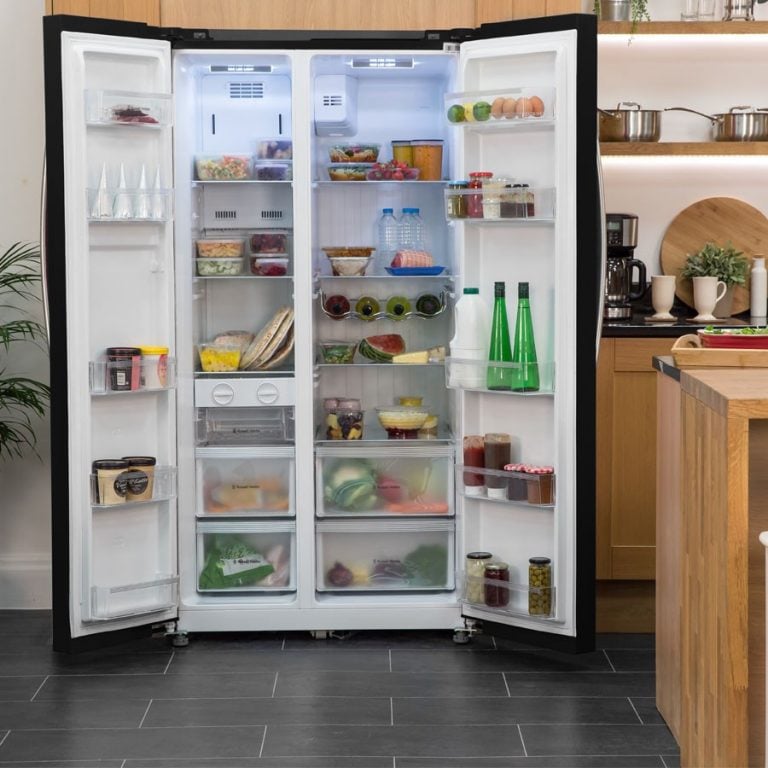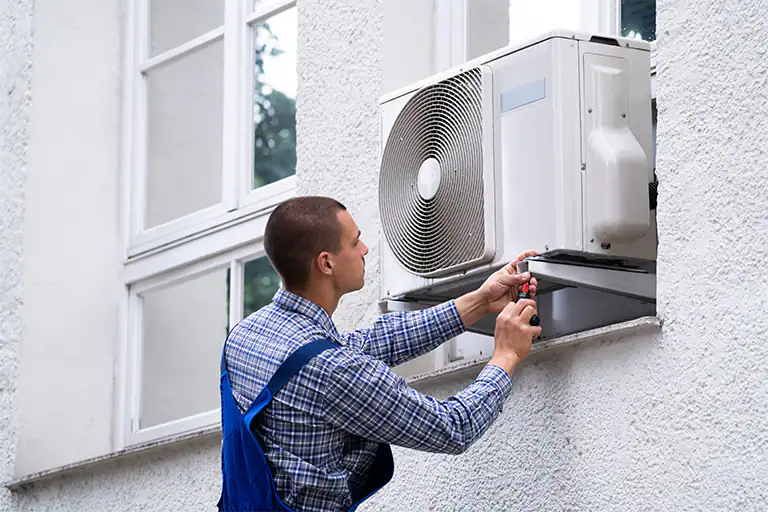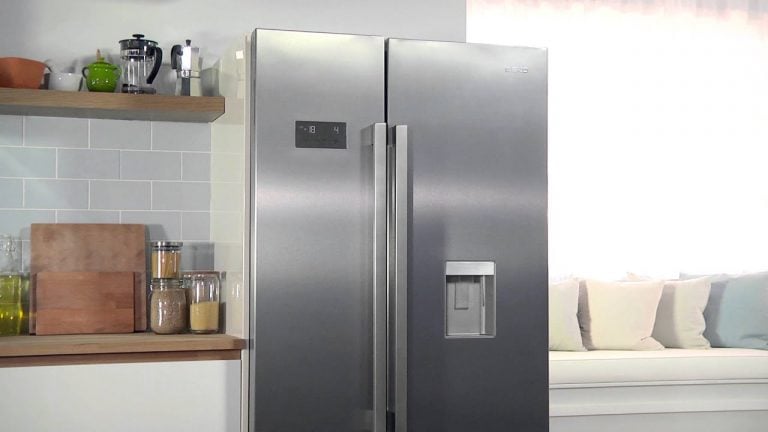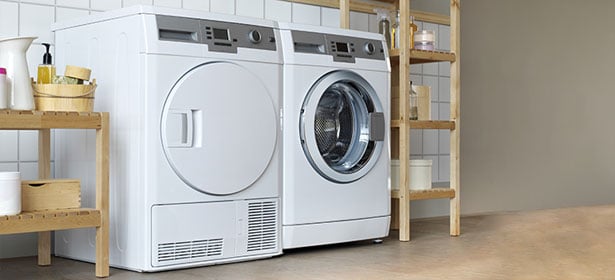Your Guide to HVAC Replacement: What it Involves and How to Choose the Right System
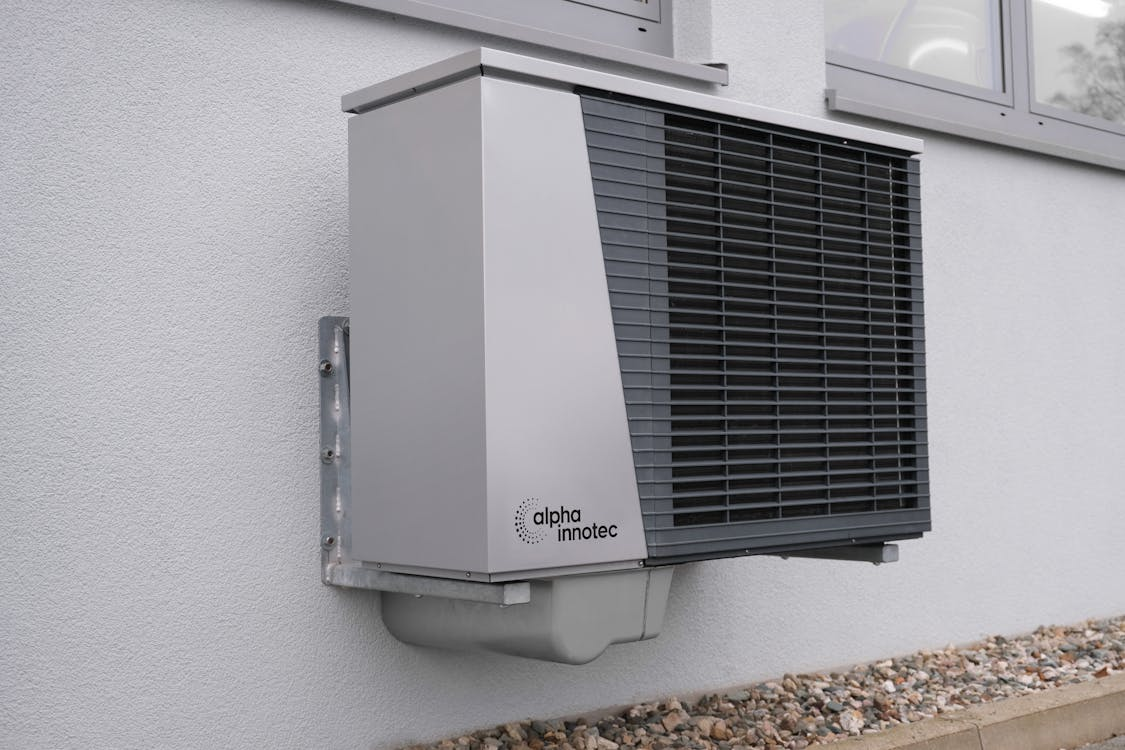
Table of Contents
As homes age, heating, ventilation, and air conditioning (HVAC) systems inevitably wear down. Old and inefficient units lead to unpredictable temperatures, sky-high energy bills, and frequent costly repairs.
Replacing outdated technology with new advanced systems can restore comfort while boosting cost savings for years. However, embarking on HVAC replacement means weighing multiple equipment options, contractors, permits, and budgets.
Understanding Your Home’s HVAC Anatomy
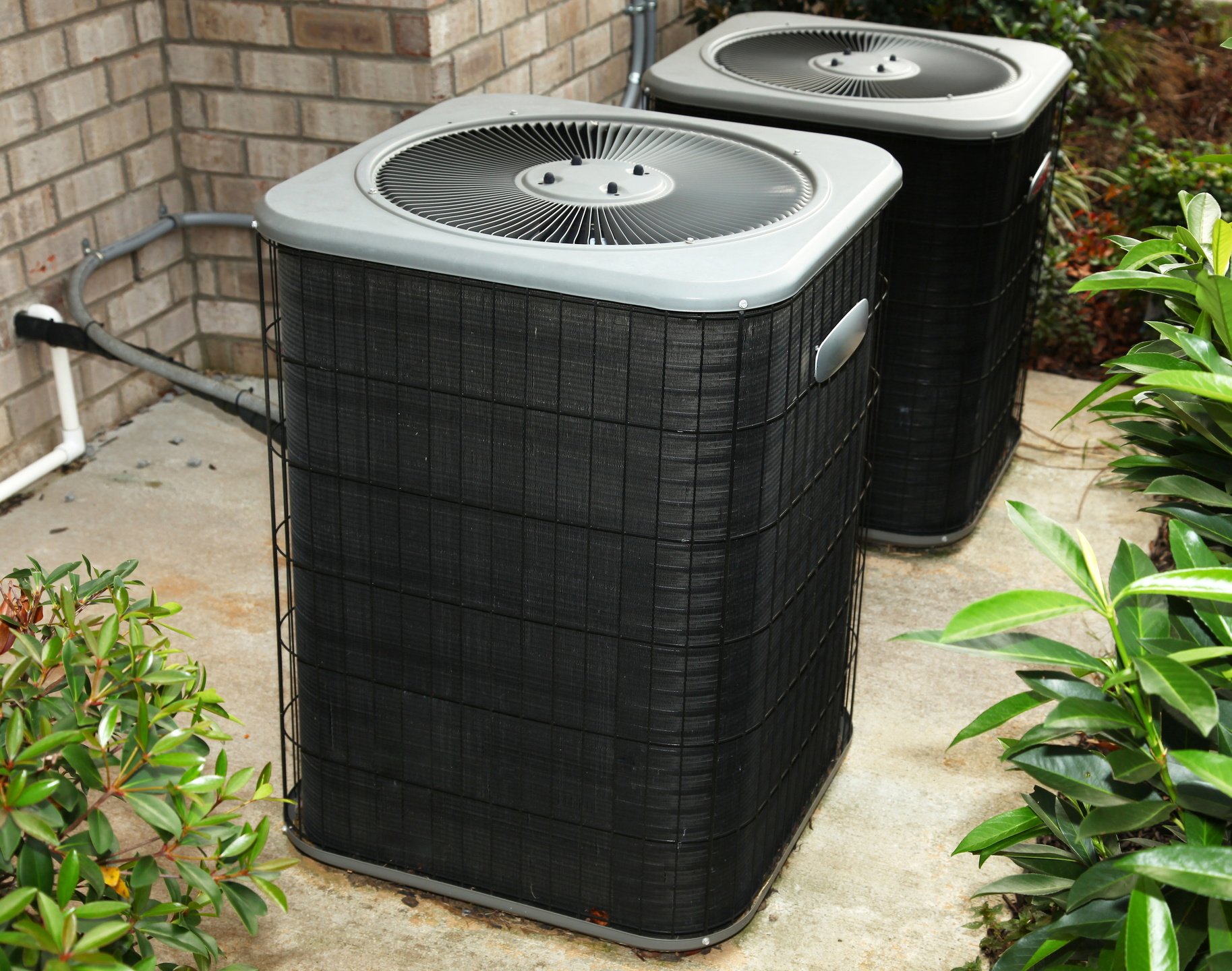 HVAC systems control indoor environments via four main parts working in synergy:
HVAC systems control indoor environments via four main parts working in synergy:
- Furnace/Heat Pump: Heats air to comfortable temperatures using natural gas, propane, or electricity depending on the heating unit fuel type.
- Air Conditioner: Cools circulating air during warmer seasons through a refrigerant gas compression process. Can be packaged together with a furnace or separately.
- Ductwork: Network of insulated metal tubes transporting conditioned air from heating/cooling units to home spaces and back through vent returns.
- Thermostat: Wall-mounted controls allowing adjustment of temperature setpoints triggering system operation as needed. Some WiFi-enabled versions now allow remote access.
Signs Your HVAC Needs Replacement
Consider upgrading your HVAC if facing factors like:
- Age: Most systems last 15-20 years. Older units operate inefficiently. No longer repairable or warrantied.
- Frequent Repairs: Constant breakdowns signal declining lifespans. At certain points, repair costs outweigh replacement.
- Increasing Energy Bills: Outdated technology consumes more power struggling to maintain temperatures. Newer systems provide better insulation and load calculation aligning capacity to usage.
- Temperature Inconsistencies: Rooms feeling much colder or warmer than set temperatures indicate distribution issues or failing components.
- Unusual Noises: Rattling ducts, loud motors, or grinding compressors generate excessive noise disturbances that need attention.
- Poor Indoor Air Quality: Stuffyiness, lingering odors or illness symptoms point to filtration issues circulating irritants rather than properly ventilating.
Why Replace HVAC Equipment?
Investing in upgraded HVAC equipment leads to considerable perks:
- Enhanced Energy Efficiency: Advanced systems leverage higher SEER/AFUE ratings lowering electricity/gas usage significantly, yielding ongoing utility savings.
- Greater Comfort: Precise temperature control and zoning capabilities better regulate comfort needs for each space rather than the entire home feeling uniformly chilled/heated.
- Cleaner Indoor Air: Multi-stage filtration with UV lights, electrostatic charging, and washable filters remove harmful particulates for healthier air quality, especially beneficial for those with allergies/asthma.
- Fewer Repairs: Replacing aging equipment reduces continual breakdowns and extends warranty coverage by 5-10 years on new product parts/labor. Saves money long-term.
- Increased Home Value: Updated efficient HVACs add several thousand dollars to resale values. Also eases buyer inspection worries later.
- Quieter Operation: New fan motors, compressors, and lined ductwork minimize operational noise for a restful, peaceful ambiance rather than rattling, rumbling distracting sounds.
- Eco-Friendliness: Upgraded units cut fossil fuel reliance and electrical loads on grid systems through advanced engineering, aiding environmental sustainability efforts.
Choosing New HVAC Features and Types
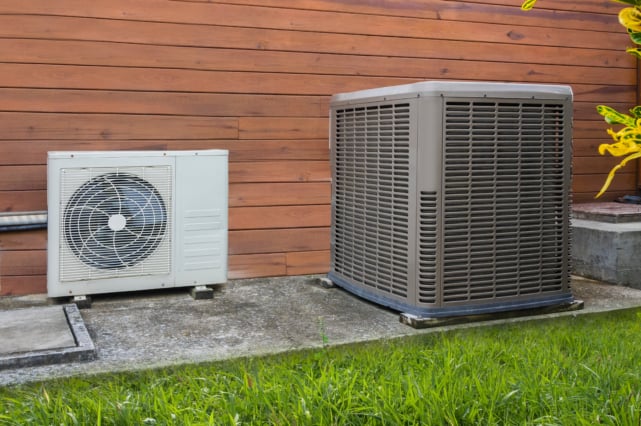 When selecting replacement HVAC equipment, factor in elements like:
When selecting replacement HVAC equipment, factor in elements like:
- Right-Sized Units: Heat/cooling output should match home size based on accurate room-by-room equipment load calculations, preventing short-cycling temperature spikes and dips.
- High-Efficiency Gear: Compare SEER, AFUE, and EER ratings when possible. The higher numbers indicate better electric and gas consumption efficiencies.
- Fuel Type: Assess whether to remain with existing equipment electrical/gas source or swap to alternate energy based on utility company rebates/rates or solar panel configurations.
- Split vs Packaged Systems: Split systems allow customized combinations and zoning. Packaged units bundle components cost-effectively, simplifying installations.
- Advanced Features: Today’s HVAC offers integrated humidifiers, UV lights, multi-stage speeds, smart controls, and self-diagnostics for added performance benefits.
Professional Installation Process
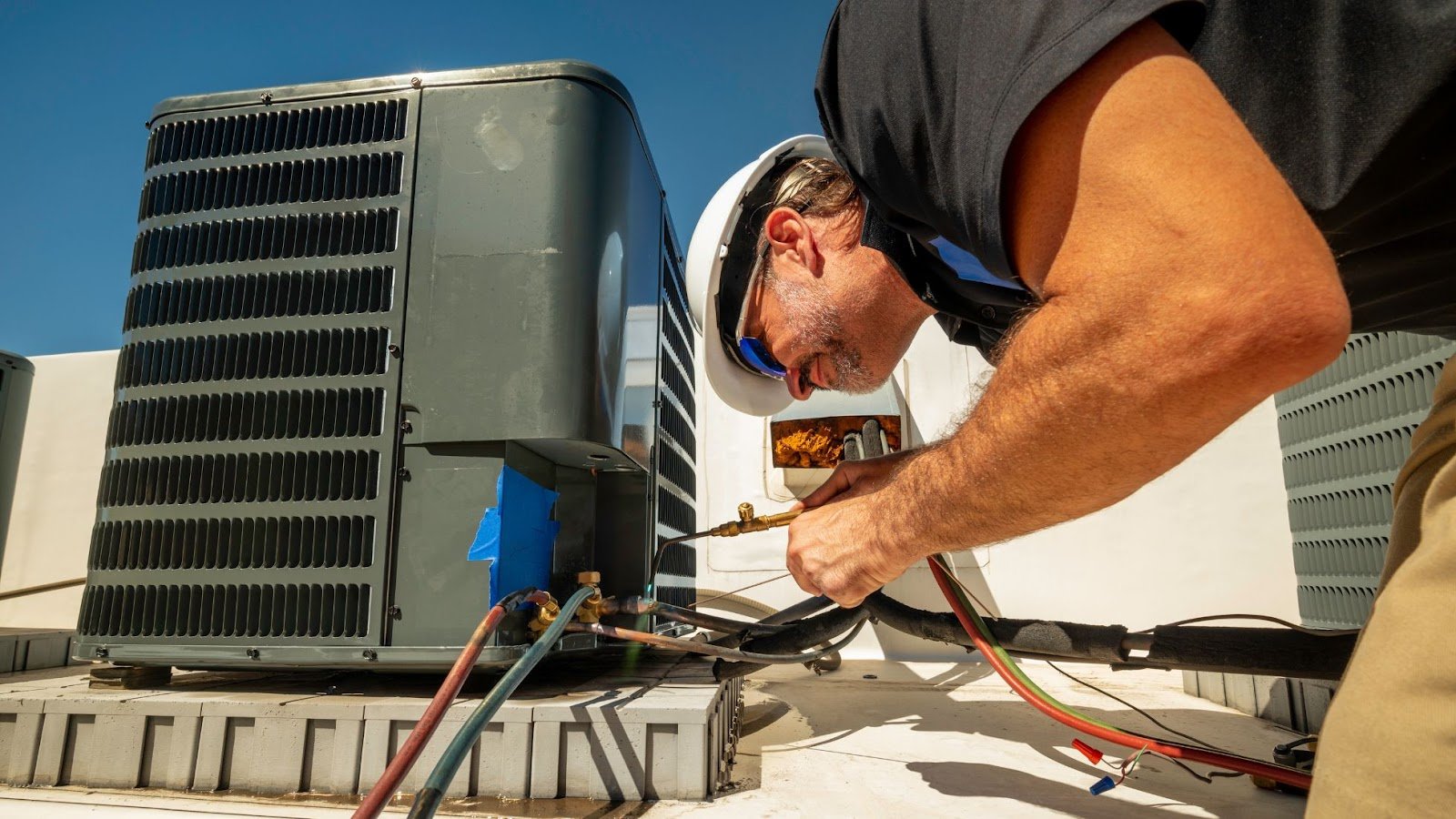 The HVAC replacement process itself involves several orchestrated steps:
The HVAC replacement process itself involves several orchestrated steps:
- Initial Consultation: Discuss needs, budgets, and options and conduct site measurements required for accurate equipment load calculations informing system specifications.
- HVAC Equipment Selection: Review load calculations against manuals to select correctly sized components with preferred features catered to your home layout, conditions, and efficiency goals.
- Permit Approvals: Contractors file paperwork with city offices for permits approving electrical, gas, and structural works involved with equipment swaps. Ensures proper protocols follow safety codes.
- Old System Removal: Professionals drain refrigerant lines, sever connections, and extract outdated furnace/AC components with care not to damage existing peripheral ductwork.
- New Equipment Installation: Technicians assemble state-of-the-art HVAC according to design blueprints, integrating new components into existing infrastructure, and restoring openings.
- System Testing and Configuration: Equipment undergoes operational checks ensuring proper airflow, ventilation rates, temperature differentials, and safety cutoffs are tuned and aligned to dwelling dynamics for peak performance.
- Final Municipal Inspection: Local inspectors validate that new installations comply with plumbing, electrical, and mechanical statutes after job completion. Provides checks-and-balances safety.
- Homeowner Operational Training: Review new equipment capabilities, thermostat programming, maintenance needs, and warranty coverage with homeowners ensuring comfort leverage for years ahead.
Choosing Quality HVAC Replacement Contractors
Entrust HVAC installations to licensed, insured specialists dedicated to exceptional craftsmanship. Reputable firms display:
- Strong Referrals: Talk to past clients about their satisfaction working with shortlisted contractors before signing agreements to replace major home systems.
- Industry Credentials: Legitimate technicians hold EPA, NATE, and local licenses confirming technical training on handling refrigerants, sizing calculations, electrical diagnostics, and building codes legally and safely.
- Fair Quotes: Solicit a few bids to contrast pricing models – flat rates, hourly fees, or cost-plus approaches. Compare warranties. Ask tons of questions.
- Effective Communication: Contractors clearly addressing all questions displaying deep product/installation knowledge merit selection over those dismissing concerns.
Caring for New HVAC Investments
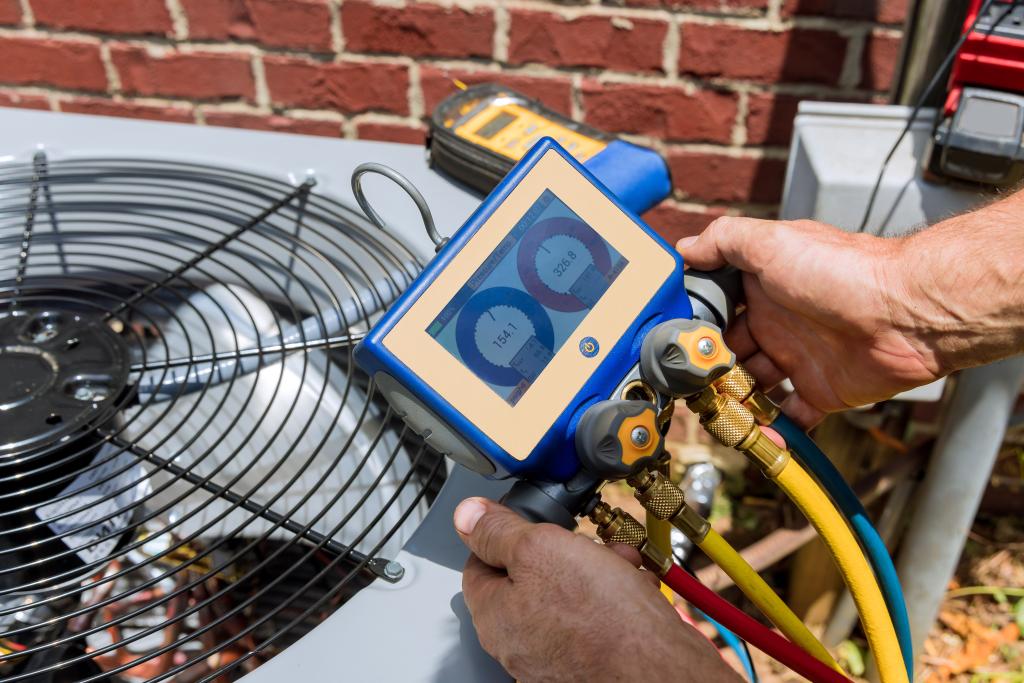 Preserve HVAC system integrity and longevity through:
Preserve HVAC system integrity and longevity through:
- Regular Filter Swaps: Clogged particles strain airflows leading to problems. Switch disposable filters every few months or clean reusable media monthly.
- Preventative Tune-Ups: Just like vehicles need oil changes, annual HVAC maintenance by technicians verifies safe operation, checks refrigerant, tests electrical parts, and cleans moving elements.
- Clear Outdoor Unit: Ensure unobstructed airflow around external condenser/heat pump components. Move flowerbeds, leaves, and other debris away from intake vents.
- Address Air Leaks: Seal noticeable leaks around windows, doors, and outlets preventing conditioned air from escaping and allergens from entering that strain HVAC functioning.
Financing Major HVAC Upgrades
Spread replacement costs over future savings by exploring options like:
- Personal Savings: Save ahead monthly to self-fund smaller gap-covering amounts after rebates. Arrange 0% financing credit cards for larger sums when qualified.
- Home Equity Borrowing: Flexible lines of credit or fixed-rate second mortgages gain access to ductwork overhaul costs justified through increased dwelling values.
- Low-Interest Personal Loans: Banks now fund home improvement projects enabling predictable monthly payments, though require good credit. Compare rates.
- Manufacturer Subsidized Financing: Many top HVAC equipment brand companies offer 0% promotional financing encouraging upgraded purchases via partnered contractors.
- Utility and Tax Rebate Offsets: Federal tax credits, manufacturer rebates, and utility company incentives provide thousands back collectively reducing overall replacement burdens.
Conclusion
When aging HVACs falter beyond duct tape fixes, investing in upgraded whole-home systems pays comfort and cost savings dividends for years ahead. Carefully weigh replacement options and enlist professional services guiding your HVAC replacement process from permits to top-notch installations optimized for your family’s needs.
Then safeguard investments through preventative maintenance enabling energy-efficient temperature control and healthy indoor air quality benefits reinforcing home value.


